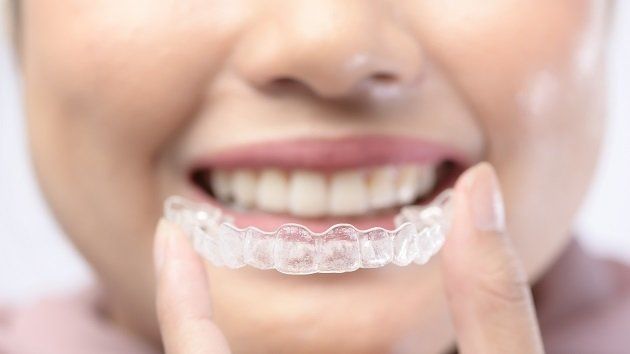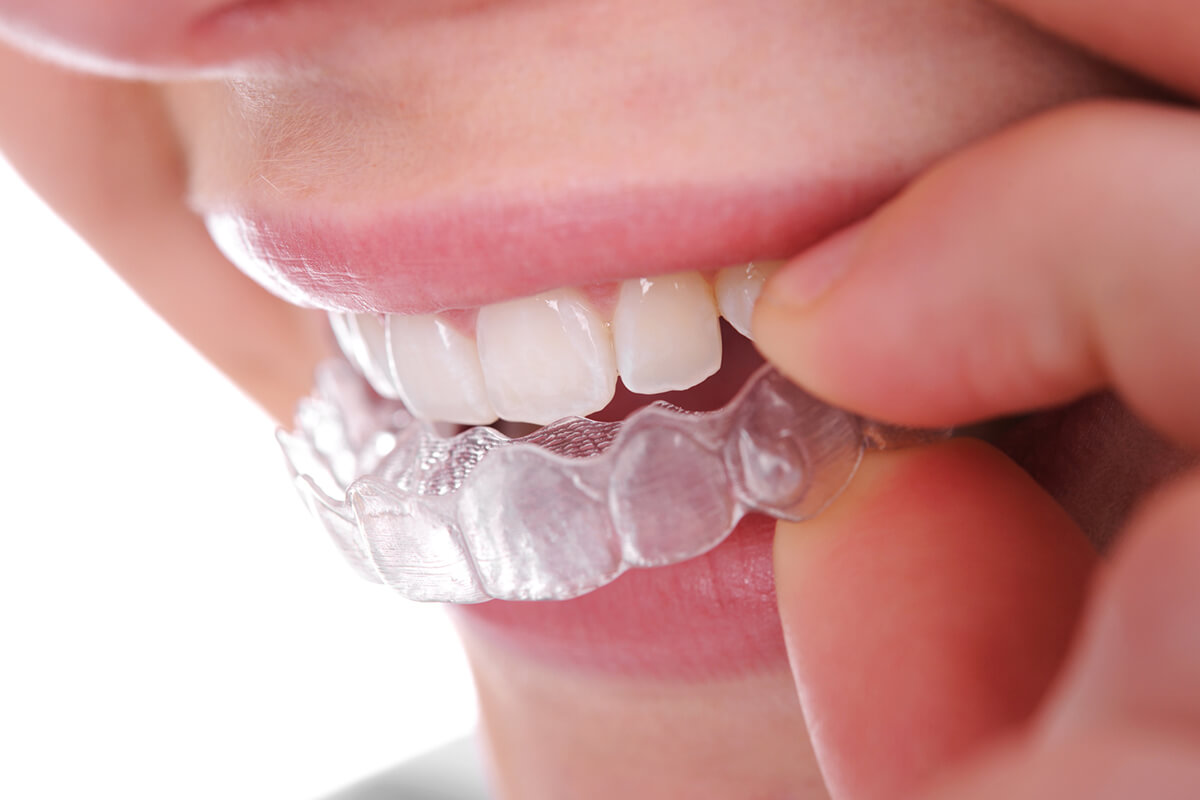The Expense of Invisalign: Comprehending the Investment in Your Smile
Invisalign vs. Standard Braces: Which Alternative Is Right for You?
When thinking about orthodontic treatment, the option in between Invisalign and conventional braces provides numerous essential elements that warrant cautious examination. Invisalign offers a very discreet option with removable aligners, while traditional dental braces supply an extra noticeable yet efficient solution for severe misalignment. Each option incorporates unique benefits and disadvantages connected to aesthetic appeals, comfort, treatment period, and cost. Comprehending these nuances is crucial for making an informed decision that lines up with your individual choices and lifestyle. The question remains: which option will ideal fulfill your orthodontic needs and expectations?
Review of Treatment Options

On the other hand, traditional braces consist of metal braces and cords that are adhered to the teeth. This approach uses constant stress with time to attain placement. While effective for complicated orthodontic problems, traditional dental braces need normal brows through for changes and can posture difficulties in maintaining dental hygiene due to the problem of cleansing around braces and wires.
Both choices have their values, and the choice frequently depends upon specific dental conditions, lifestyle choices, and patient conformity. Inevitably, speaking with an orthodontic expert is important for identifying one of the most appropriate therapy plan tailored to specific requirements. Understanding the nuances of each choice can considerably influence the total success of orthodontic treatment.
Visual Considerations
A substantial aspect influencing the choice in between Invisalign and typical dental braces is the visual allure each treatment supplies. Invisalign aligners are crafted from clear plastic, making them practically unnoticeable when used. This very discreet appearance is specifically interesting grownups and young adults that might really feel self-conscious about their orthodontic treatment. The capacity to maintain an all-natural smile throughout the positioning process can substantially boost the client's confidence in specialist and social setups.
In comparison, traditional braces consist of metal brackets and cords, which can be more visible. While improvements in orthodontic innovation have actually led to the development of smaller sized braces and colored elastics, traditional dental braces still maintain a more conspicuous account. For some people, the presence of braces may deter them from looking for needed treatment.
Ultimately, the choice between Invisalign and standard braces might hinge on individual choices concerning aesthetic appeals. Individuals who prioritize discretion commonly lean toward Invisalign, while those who are less concerned regarding visibility may select typical dental braces. Comprehending the aesthetic implications of each choice is important for making a notified decision that aligns with one's way of living and choices.
Comfort and Convenience

In terms of benefit, Invisalign aligners are removable, enabling patients to appreciate their favorite foods without constraint and preserve ideal dental health. Brushing and flossing are streamlined, as the aligners can be obtained throughout these regimens, whereas conventional dental braces need cautious navigating around brackets and cords.
In contrast, standard dental braces demand check my blog normal modifications, making them less convenient for those with active timetables. Generally, the convenience and comfort of Invisalign make it an appealing option for numerous people looking for orthodontic therapy.
Treatment Duration and Effectiveness
While both Invisalign and standard braces are effective in correcting dental imbalances, the period of treatment can differ substantially in between both options. Normally, Invisalign therapy can take anywhere from 12 to 18 months, depending on the complexity of the instance. The clear aligners work by slowly changing teeth right into their desired placements, and routine follow-ups with an orthodontist aid make certain development continues to be on course.
In comparison, standard dental braces frequently need a longer dedication, usually varying from 18 months to 3 years. This results from their fixed nature and using brackets and cables, which can be much more efficient for severe imbalances and intricate cases (Invisalign). The therapy performance of conventional braces is well-documented, as they permit for exact changes and higher control over tooth activity
Eventually, the option between Invisalign and standard dental braces may rest on both the anticipated therapy period and the details oral problems at hand. Consulting with an orthodontist is critical, as they can give tailored referrals based upon private needs, ensuring the picked approach straightens with preferred end results and durations.
Cost Contrast and Insurance Coverage Options
Cost plays a significant function in the decision-making process for individuals considering orthodontic therapy, whether selecting Invisalign or conventional dental braces. Typically, the expense of Invisalign arrays from $3,000 to $8,000, while traditional dental braces generally cost in between $2,000 and $6,000. Factors influencing these costs consist of the intricacy of the case, the duration of therapy, and geographical area.
Many oral insurance strategies offer partial protection for orthodontic therapies, yet the specifics can vary widely. Usually, conventional dental braces may be much more frequently covered by insurance coverage plans compared to Invisalign, which some insurance providers classify as a cosmetic treatment.
Furthermore, numerous orthodontic practices use flexible payment plans, making both treatment alternatives extra available. Patients need to inquire concerning visit here possible financing options and discount rates for ahead of time settlements. Evaluating the overall cost, our website including insurance benefits and payment strategies, is necessary for making a notified choice that straightens with both aesthetic preferences and budget considerations.

Conclusion
In recap, the option between Invisalign and typical dental braces depends upon several variables, including aesthetic choices, convenience, therapy duration, and price. Invisalign offers a very discreet, removable choice that helps with dental health and dietary adaptability, while standard braces might be a lot more suitable for complex oral problems and often come with a lower price factor. Inevitably, assessment with an orthodontist is important to analyze specific scenarios and identify one of the most suitable treatment alternative for achieving optimum dental placement.
When thinking about orthodontic treatment, the choice between Invisalign and standard braces provides several important elements that merit cautious evaluation.Comparing Invisalign and traditional dental braces discloses distinct therapy alternatives for orthodontic modification.While both Invisalign and traditional braces are effective in correcting oral misalignments, the duration of therapy can vary substantially in between the 2 options.Expense plays a significant role in the decision-making procedure for individuals considering orthodontic therapy, whether opting for Invisalign or typical braces.In summary, the option in between Invisalign and traditional braces pivots on multiple elements, including visual choices, convenience, therapy duration, and cost.